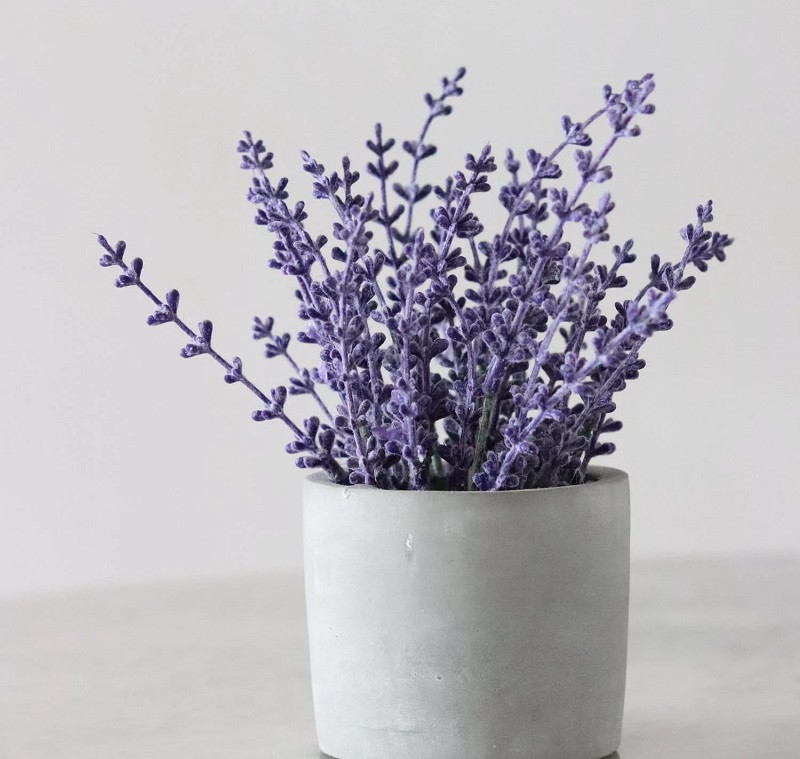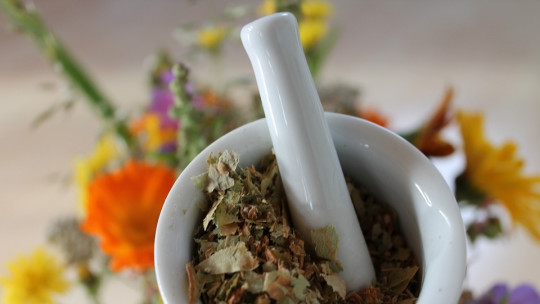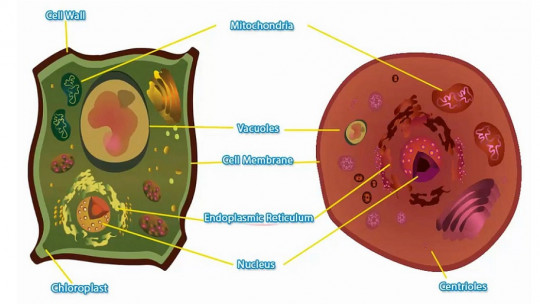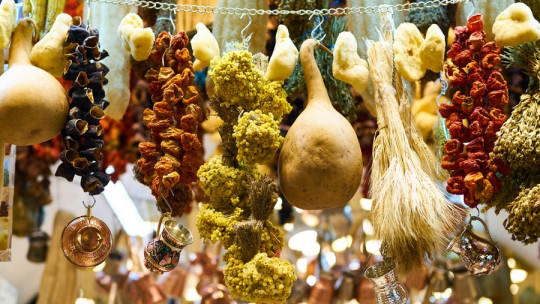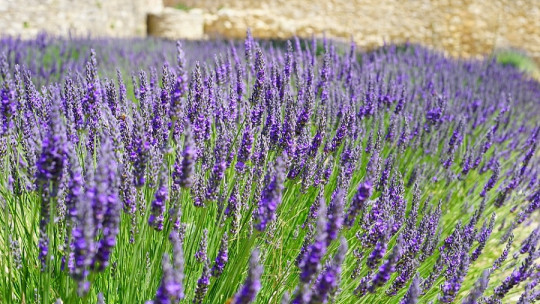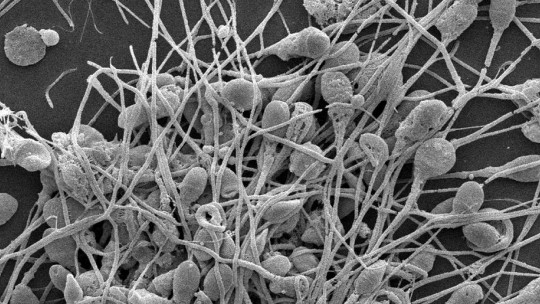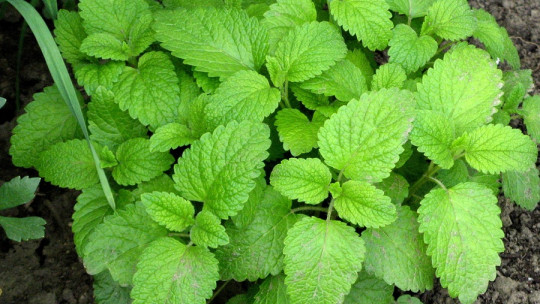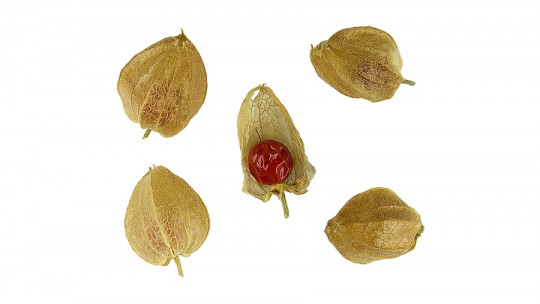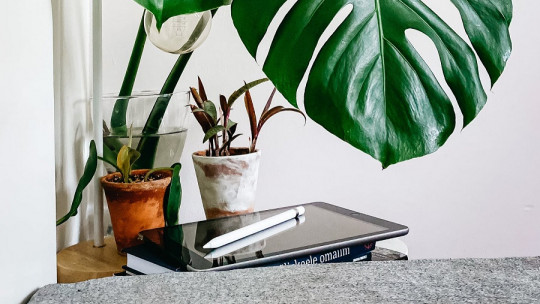
Surely more than once (and more than twice) you have been warned about the risks that sleeping in a room where plants are present as another decorative element can pose to your health.
This traditional belief assumes that plants will use all the oxygen present in the room also necessary for human respiration, leaving us without enough for ourselves.
The popular thought that plants “steal” our oxygen is widespread Or, but how much is true? Next, we will analyze how plants act in some of their biological functions and what it can really mean for us to share a space with them.
The biological functions of plants
Plants are living beings, and, therefore, they will have certain vital functions to carry out in order to survive, mainly three: nutrition, relationship and reproduction. Some of the processes they carry out to carry out these vital functions, mainly nutrition, and which we are going to pay special attention to today, are photosynthesis and respiration.
Photosynthesis
Photosynthesis is a process carried out by plants, algae and some types of bacteria, in a specific organelle called chloroplast In general terms, during this process, plants will take advantage of the energy obtained from sunlight for the production of organic matter from inorganic matter.
To obtain these final organic products, plants need to use some inorganic compounds, which in this case are carbon dioxide (CO2) and water (H2O), which they take from the air and soil.
From them and the light energy, they will obtain chemical energy, which will be stored in the form of carbohydrates or sugars, such as glucose, which will serve as a source of energy for the plant. This entire photosynthesis process It is accompanied, in plants, by the release of another compound into the environment, oxygen (O2) fundamental for most forms of life present on planet Earth.
The breathing
For its part, plant respiration is defined as the set of reactions that occur in plant organelles, the mitochondria, through which the carbohydrates that had been synthesized during photosynthesis are converted back into inorganic molecules (carbon dioxide and water).
In these reactions, energy will be released, which is stored in an energy intermediate, ATP (adenosine triphosphate), to finally be used by the plant to carry out its vital functions (organ growth, transport of compounds and repair processes, among other).
Is it bad to sleep in rooms with plants?
Plants carry out photosynthesis throughout the day, although we could think that they need sunlight, and that, therefore, it would only occur during daylight hours. This is because during this process there are two types of reactions, those that depend on sunlight and those that are independent of it.
In the same way, plants are carrying out the reactions of respiration continuously, both during the day and at night. This respiration reaction is what they carry out in a similar way to us, taking in oxygen (O2) and releasing carbon dioxide (CO2), and, therefore, it is what we have to look at to see if plants are really real competitors. in obtaining “our” oxygen.
To what extent do these plant processes affect us?
In accordance with what our popular thinking says about how negative it can be to sleep in a room where there are plants, the first thing we have to consider is Why are we only concerned about one part of the day, the night?
As we have seen a little above, the process in which plants “compete” with us for the oxygen present in the environment is respiration, and this reaction is occurring continuously throughout the day, so In the case of having to worry (which we will now see that there is no reason for it), it would have to be 24 hours a day.
Furthermore, the key point that makes us rule out plants as enemies to share a room with is the volume of oxygen they consume Unlike what happens with us, humans, plants consume tiny volumes of oxygen compared to what a person could consume, hence their company is not harmful to us. If sharing a room with another person, who consumes approximately 2-3% of the oxygen present in the room during the night, is not harmful to us, imagine with a plant, which consumes around 0.1% of the oxygen it can. have in the room.
Finally, as if the very small expenditure of oxygen that plants make were not enough, we must bear in mind that, generally, The number of plants that we can have in a room is quite small By this we mean that even if we have a good number of plants in our bedroom, the sum of the oxygen expenditure made by each of them would not be enough to jeopardize the amount of oxygen that would be available to cover our respiratory needs during the night. .
Positive effects of having plants in the room
Once the information that this famous myth sends us has been debunked, we are going to go one step further to move away from those traditionally raised negative effects, to analyze the possible positive effects that the presence of plants in our rooms can bring us.
On the one hand, They will help create a good atmosphere in our bedroom since as a decorative element they will generate a very pleasant climate and will provide a feeling of vitality and freshness that can generate a very positive impact on us, influencing our mood.
In the same way, Many of them give off fragrances that will create a sensation of good smell in our room Furthermore, thanks to these odors, we can enjoy better quality rest and the disappearance of the annoying insects that appear in our bedroom, thanks to the fact that some of them have compounds that act as repellents naturally.
Examples of plants with a positive impact on our environment
Finally, once we have seen that plants are good roommates, we want to exemplify some of them, capable of providing us with some positive aspects, beyond their aesthetics, either by promoting our well-being, our rest or helping to eliminate the insects that roam. through our rooms, especially in the summer months.
1. Aloe vera
Aloe vera (or aloe vera) is a great ally for our homes. In addition, of the popularly known anti-inflammatory and nutritional properties for our body, NASA (National Aeronautics and Space Administration) has shown that this plant It is capable of purifying the air in our rooms, improving its quality and acting against harmful polluting compounds present in our daily lives such as formaldehyde and benzene. The only thing that aloe vera will need to provide us with these positive effects is a well-lit corner of our room and that we provide it with the necessary water, which is not too much in this case.

2. Basil
Basil is an aromatic plant that, in addition to being a fundamental element in the gastronomy of many regions, has been traditionally used as mosquito repellent In addition to scaring away these insects, it is capable of preventing the growth of their larvae, so, with the presence of our basil in the rooms of our home, we can rest from these annoying insects that bother us so much, especially in summer.
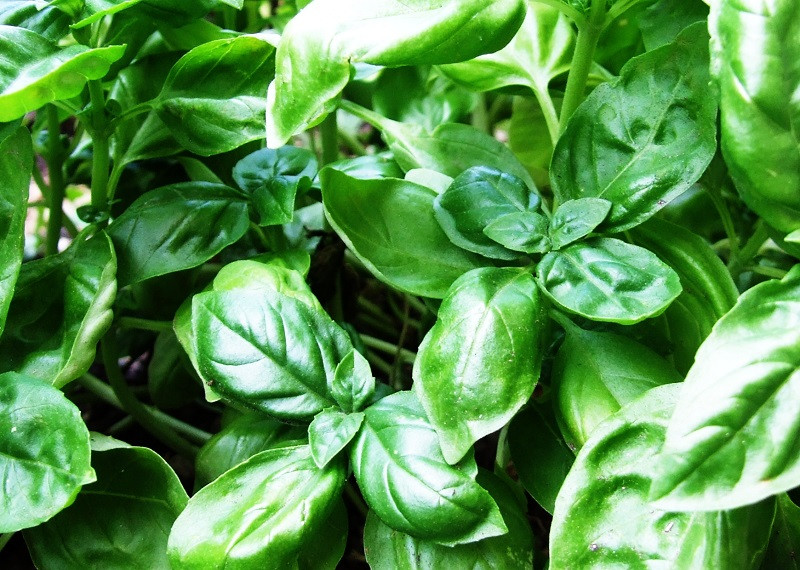
3. Lavender
Lavender flowers have a very fresh aroma, which will create a very pleasant atmosphere in the rooms of our home. In addition to its beauty and good aroma, this plant It will allow us to keep some unwanted insects away from the house, such as moths, flies and mosquitoes
On the other hand, its dried flowers have countless uses, both decoratively only, and to perfume the interior of our furniture and closets with aromatic bags.
